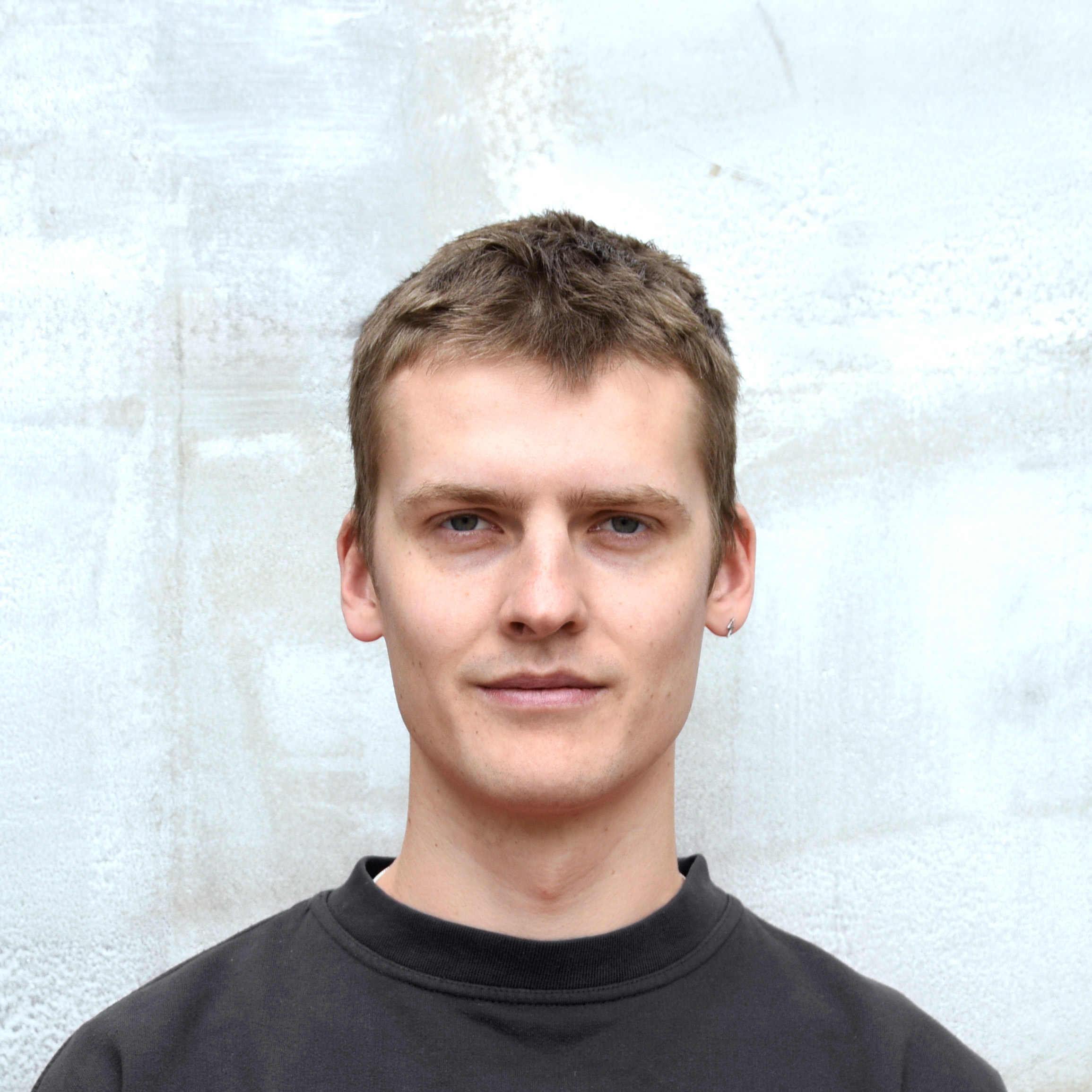What it does
Teneray translates prosthetic hand finger movement into tactile feedback on the forearm, restoring a sense of finger position for people with upper limb differences. This improves coordination, reduces fatigue, and decreases prosthetic hand abandonment rates.
Your inspiration
My friend Saint was born with a partial left hand, and trialled a muscle-controlled, myoelectric prosthetic hand. However, he abandoned it after three months because it gave him no sense of where his fingers were. He told me how hard it was to monitor his hand all the time, making simple tasks frustrating and tiring, and turning what should be a natural extension of the body into a cumbersome device. Saint is not alone: 1 in 4 prosthetic hands are abandoned due to a lack of feedback and functionality. Saint’s experience inspired me to find a method to restore finger position sensation in an intuitive, immediate, and non-invasive way.
How it works
Teneray contains no electronics and is driven entirely by the existing motors in a myoelectric prosthetic hand. Each prosthetic finger is linked to a small pulley via a Bowden cable routed around the wrist, similar to those used for bike brakes. When a finger flexes, cable tension rotates the pulley, causing a small wheel to roll along the hairless, sensitive skin of the lower forearm. As the finger extends, a spring return pulls the wheel back in the opposite direction, creating a one-to-one mechanical feedback loop which delivers instantaneous, direction-specific information on prosthetic finger angle.
Design process
My design process began with extensive prototyping alongside Saint. I tested various feedback methods, including vibration motors and skin-stretch actuators, positioning them at different body sites. We soon discovered that a simple rolling wheel offered the best blend of comfort, clarity, and resistance to distraction. Next, I designed nine wheel variants, altering material, motion type, and tread pattern. A motorised test rig moved each wheel under controlled conditions, and trials with Saint revealed a clear trade-off: the most comfortable wheels were the most difficult to interpret, and vice versa. We settled on a wheel with a random-noise tread that struck the optimal balance. I then tackled two engineering challenges. First, gravity sometimes pulled the wheel away from the skin, so I added a rigid rail to ensure consistent contact. Second, wrist movements could generate false feedback, so I routed a Bowden cable around the wrist to isolate finger motion. To validate Teneray, I ran two experiments with the Imperial Human Robotics Lab, with a cohort of 20 people. I found an improvement in prosthetic hand grasp accuracy of 35%, and a boost in ownership of 812%. These compelling results and Teneray’s clear novelty secured funding for a patent filing on the mechanism.
How it is different
A few commercial prosthetic hands can simulate a sense of touch via vibration, but cannot convey finger position. Additionally, new advances in neural implants promise natural position feedback but involve surgical risks, high costs, and are decades from clinical use. Teneray is different: it offers a purely mechanical, non-invasive and low-cost alternative, providing intuitive finger position feedback. With zero electronics, Teneray eliminates hassle with wearing and charging heavy batteries, ensures no feedback latency or noise, and costs under £5 in material costs per unit.
Future plans
This summer, I’ll run a larger formal study at Imperial College London’s Human Robotics Lab to quantify how Teneray reduces grasping errors across everyday tasks. Once the patent is granted, I’ll pilot in-socket fittings of Teneray at a UK-based prosthetics clinic. Our go-to-market plan targets prosthetic hand manufacturers via OEM partnerships, earning royalties on factory-integrated modules, and clinics through a one-time fitting fee plus replacement part sales. With production costs under £5 per module and a £150-200 price point, I expect gross margins above 90% and aim to reach £7.5 million in cumulative revenue by 2030.
Awards
InnovationRCA LaunchPad member 2025. InnovationRCA Patent Award, providing full patent funding and filing support for Teneray. Patent filed: “Sensory Feedback Device For A Myoelectric Prosthesis”. Patent application number: GB2510626.1



Connect